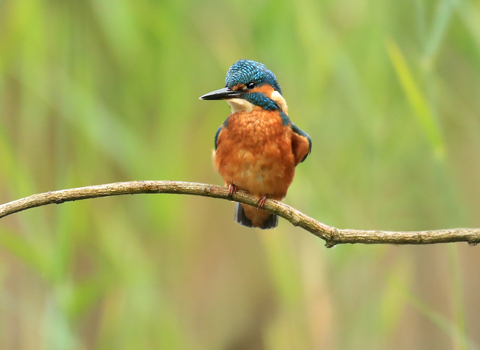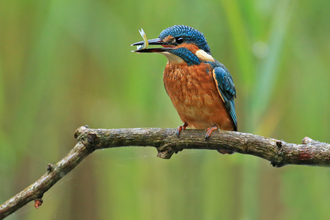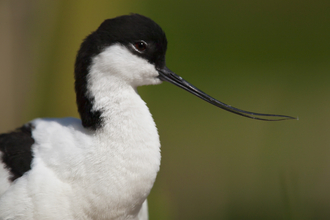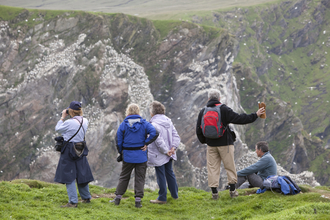Kingfishers
A summer’s day by the riverside: blue skies, the wind blowing in the willow trees, damselflies flitting about the water’s edge, and the sound of running water. Amongst buzzing bees, hiccupping moorhens, and the song of the willow warbler, listen out for a high pitched, urgent ‘peep peep’ing and quickly look up and down the river: a kingfisher is flying past.
A blazing streak of electric blue, skimming fast and low over the water’s surface
Find kingfishers near you
Kingfishers are widespread, except for northern Scotland. Choose from our list of locations below, or for an almost guaranteed sighting, head to Lackford Lakes in Suffolk, often from the visitor centre as you enjoy a coffee or ice cream. The landscape of lakes, reedbed, meadow and woodland makes it a wildlife oasis, offering close-up encounters with nature all year round, with the reserve, trails and hides open daily from dawn to dusk.
- Buckinghamshire, College Lake
- Cambridgeshire, The Great Fen
- Derbyshire, Hilton Gravel Pits, Willington Gravel Pits (a permit is required to access the hide - please contact the Derbyshire Wildlife Trust)
- Essex, Gunners Park and Shoebury Ranges
- Hampshire, Blashford Lakes
- Hertfordshire, Tring Reservoirs
- Lancashire, Mere Sands Wood
- Lincolnshire, Deeping Lakes, Far Ings
- London, Crane Park Island
- Norfolk, Cley Marshes, Hickling Broad
- Nottinghamshire, Attenborough
- Rutland, Rutland Water, Egleton Reserve
- Somerset, Westhay Moor
- Staffordshire, Croxall Lakes, The Wolseley Centre
- Suffolk, Lackford Lakes
- Warwickshire, Brandon Marsh, Welches Meadow, Ufton Fields
- Yorkshire, Adel Dam, Potteric Carr, Wheldrake Ings, Staveley
What to look for
Surprisingly tricky to spot, the kingfisher spends most of its time sitting quietly on a perch, burnt orange breast on show, but on the move the kingfisher is transformed. A shock of blue: plunging into the water to spear a fish, or disappearing round the river bend in a burst of 'peep-peep-peep's. Many people are surprised by how small a kingfisher is when they first see one: only slightly bigger than a house sparrow. If you’re lucky enough to get a closer view, pay attention to that dagger-like bill: the male’s is all black whereas the female wears red lipstick on her lower mandible.
If you can't get to one of these places
Kingfishers can be seen on almost any river, canal, park lake or gravel pit. Sometimes they will even fish at large garden ponds. You just have to keep a good look out and keep your fingers crossed!
More wildlife experiences
From seeing colourful wildflowers to spotting magnificent birds of prey, we can help you get closer to wildlife across the UK.








